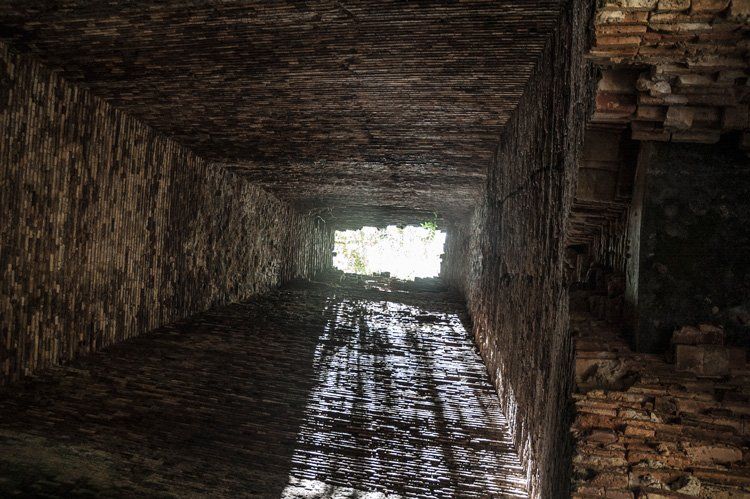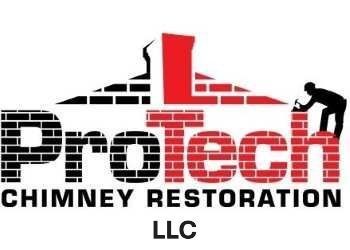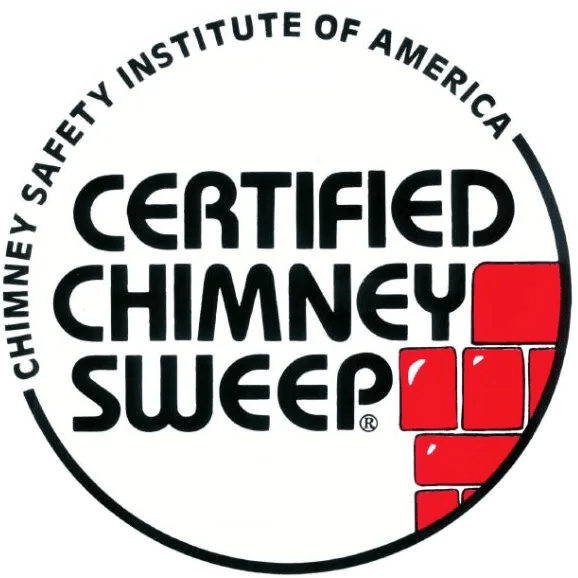About Chimney Creosote: The 3 Stages of Creosote
Admin • May 27, 2020

What is Creosote?
Creosote is actually just one of the components in the stuff (aside from the ash) that’s left over when wood is burned. The whole mix of tar and creosote and soot is commonly called creosote. The term is almost exclusively used when talking about burning wood. If discussing soot resulting from burning oil, or even gas, this is just soot and it’s just called soot. Though the black residue in the chimney from burning wood is called creosote, it is in fact mostly tar.
There are, generally speaking, three types of creosote are found in chimneys and they are usually called ‘stages’ or ‘degrees.’ All three forms are all combustible and should be removed.
First Degree Creosote Buildup
First degree creosote has a high percentage of soot and can be removed from a chimney effectively with a chimney brush. First degree creosote develops when there is a relatively good combustion of the wood and/or relatively high flue gas temperatures.
This describes an open fireplace. The burning wood had lots of air for the combustion process and the heat flies up the chimney. These are best conditions for a chimney.
Second Degree Creosote Buildup
Second degree creosote is a bit trickier. This creosote buildup is generally in shiny black flakes. Imagine dry, hard tar corn flakes, and in greater volume than first degree creosote. It’s not as easy to brush away, but still fairly removable. It would be difficult to describe all the situations where 2nd degree creosote develops, but suffice to say it will occur where the incoming air is restricted. This describes woodstoves and fireplaces with glass doors.
Third Degree Creosote Buildup
Third degree creosote buildup is the worst of them all. This occurs when the flue temperatures are low and/or combustion is incomplete. This is common when any of, or a combination of, these conditions exist:
On woodstoves with the air controls turned way down
- Un-insulated chimneys (or any other reason the chimney is cold)
- When using unseasoned wood
- If the flue is oversized for the appliance
- When the house is tight and can’t draw sufficient combustion air
- Third degree creosote looks like tar coating or running down the inside of the chimney. It is extremely concentrated fuel. It can get very thick as it hardens and is recoated over and over. An inch thick would be unusual, but it’s not unheard of.
And worse yet is third degree creosote that fills up “chimney fire fluff.” If creosote buildup catches fire in a chimney, maybe it burns away completely but more often it does not. More frequently the creosote partly boils, partly burns and leaves a dried out light-weight “sponge,” often more than 2” thick which is actually very easy to remove. But if it is not removed, new third degree creosote fills that sponge you can have well in excess of 100 pounds of creosote in a chimney.
The first chimney fire may not have damaged the house, but that next chimney fire will be fiercer than the first and exceptionally dangerous. The really tough part is that third degree creosote, in any form, is very hard to remove.







